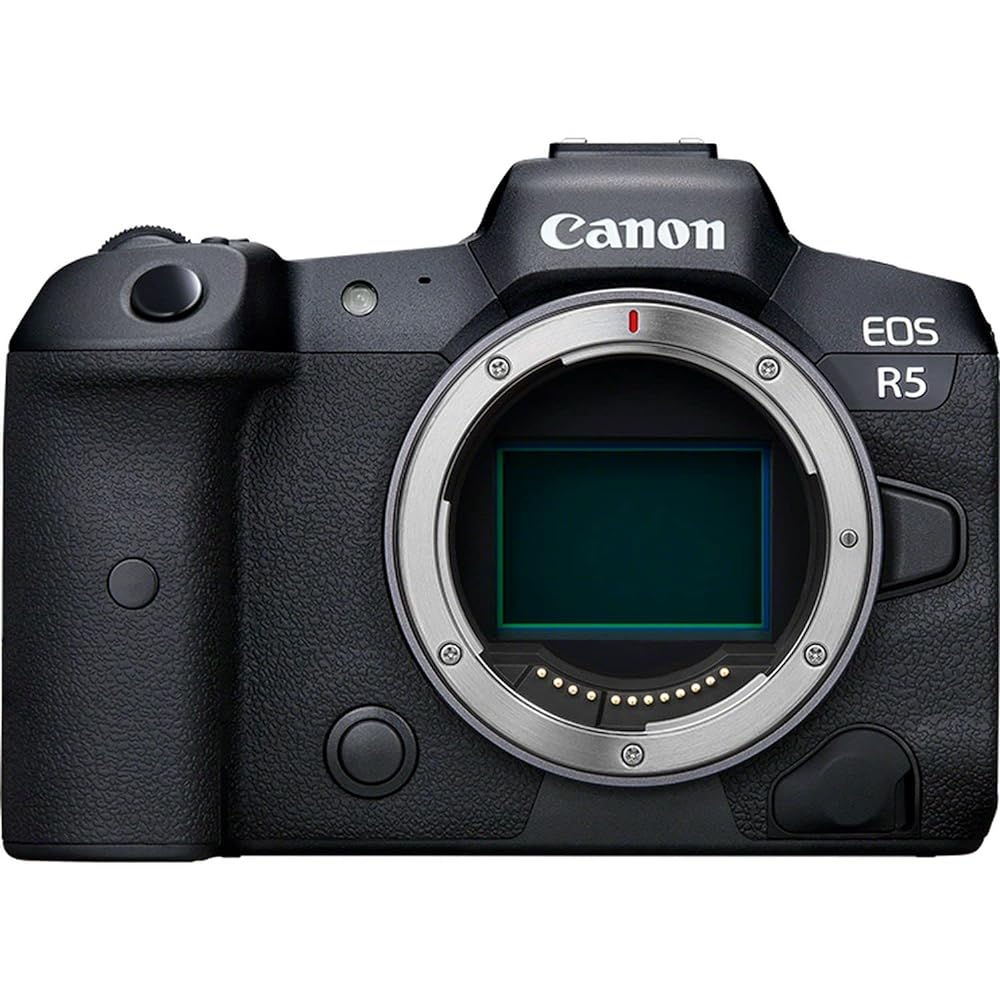
In this article, we’ll compare the features of both the Dslr and Mirrorless cameras to help you choose the right one for your needs. We’ll talk about image quality, frame rates, AF systems, physicality, and more. After you’ve made your decision, it’s time to look at pricing. Both are excellent options for video and still photography. But, which is better for video?
Image quality
If you’re shopping for a new camera, you should know the difference between DSLR and mirrorless cameras. Mirrorless cameras have an electronic shutter, while DSLRs do not. Mirrorless cameras use an electronic shutter, which increases the speed of image capture. This means higher shutter speeds and a higher burst rate. Some high-end mirrorless cameras offer up to 20 frames per second. If you are looking to take wildlife or sports pictures, a mirrorless camera is a better option.
In terms of image quality, DSLRs have a higher pixel count than mirrorless cameras. A full-frame sensor is typically found in a high-end DSLR, while an APS-C sensor is often used in larger mirrorless cameras. Both types of cameras have a relatively new sensor, as DSLRs were developed in the early 2000s and mirrorless cameras became popular in the mid-2010s. While their basic format and feature set are still developing, they’re already usable and improving.
Both DSLRs and mirrorless cameras have their advantages and disadvantages. DSLRs offer superior image quality in low light and lack the LCD screen, which can interrupt lighting. And because the two types use different technologies, there’s a lot of overlap between them. DSLRs tend to have sharper, more detailed images than mirrorless cameras. But mirrorless cameras are not the only ones with advanced features. They have an electronic viewfinder, which can help you get a better shot before triggering the shutter.
While DSLRs are favored by professional photographers, mirrorless cameras have the potential to outperform DSLRs in every category. In addition to greater image quality, mirrorless cameras offer more features and greater versatility. If you’re not ready to give up your DSLR gear, you can still use your DSLR lenses on mirrorless bodies. You don’t need to sell your DSLR gear just to switch to a mirrorless camera.
Another difference between DSLRs and mirrorless cameras is size and weight. DSLRs are bigger and heavier than mirrorless cameras, and their lenses are often smaller and lighter. DSLRs, by contrast, can be used for macro photography and are ideal for travel. DSLRs tend to be bulky, while mirrorless cameras are lighter and easier to store. You won’t find many mirrorless cameras with smaller bodies – the best options are a compact camera and a full-frame DSLR.
Frame rates
Amongst the many differences between Dslr and mirrorless cameras, one that stands out is the frame rate. DSLRs have the advantage when it comes to frame rates, but mirrorless cameras have a physical advantage. Because mirrorless cameras don’t have a mirror to move, they can take more pictures per second than DSLRs. The result is that mirrorless cameras can shoot at much higher rates than DSLRs in the same price range.
Both types of cameras use a different method to achieve this. For instance, a DSLR uses the lens-shift method to counteract camera shake on two axes, while a mirrorless camera uses sensor stabilization. While both cameras have different stabilization methods, most can handle some camera shake. However, larger movements can ruin the experience. So, you might want to use the mirrorless camera if you’re looking to use its EVF.
In addition, frame rates are different for both cameras. The former can take higher resolution images. While the latter can be smaller, the former can capture higher quality photos. The latter is better for low-light conditions, but it doesn’t have the same quality as a DSLR. For video, a mirrorless camera uses image stabilization, but it doesn’t provide video recording at the highest frame rate.
When comparing DSLR vs Mirrorless cameras, keep in mind that the former will take longer to capture the image. However, the latter has an advantage when it comes to zooming. In addition to being more flexible, DSLRs have a wider range of accessories than mirrorless cameras. These accessories can make the difference between getting a great shot or not. But, if you are not a pro, don’t worry.
Another difference between DSLRs and mirrorless cameras is autofocus. Mirrorless cameras can provide better autofocus performance than DSLRs. In addition, the latter can focus on objects even at a minus-6EV. However, the latter has a smaller image sensor and a lower frame rate. The difference in image quality is a matter of preference. And, unless you have the money to spend on a mirrorless camera, don’t let the image quality is the sole determining factor.
AF systems
The AF system of a DSLR or a Mirrorless camera is what allows you to focus quickly. There are many types of AF systems, but the most common is phase detect, which uses multiple AF points. The AF system works by separating incoming light into two different images. An IR filter sits underneath the sensor, cutting out the infrared spectrum. Because of this, AF performance drops in low light conditions.
An AF sensor is made up of two elements: a vertical and a horizontal line. A sensor with a horizontal line detects the contrast of a line. An AF sensor that detects two lines is called a dual-cross type. Both types are sensitive to a particular type of line, and they combine to form a more accurate sensor. Using the difference in their orientations, the AF system of a Mirrorless camera is more accurate.
The AF systems of Dslr and mirrorless cameras are also very different. Mirrorless cameras do not have a mirror, and this can be a disadvantage if you want to change lenses while you are in the field. However, the autofocus system of both types of cameras is critical to the photography niche in which you are working. Depending on the genre you are working in, a DSLR or mirrorless will be the most reliable for your needs.
Both cameras have different AF systems. Mirrorless cameras have more AF points and are faster in identifying subject objects. In most cases, they have much better AF performance than a DSLR. The latter can be used for capturing more complex subjects, such as landscapes or portraits, while mirrorless cameras may be better suited for more demanding genres. In addition, their mirrorless cameras have EVFs, which enable real-time preview of captured images. Similarly, a mirrorless camera will automatically increase gain in order to make its subject more visible.
The difference between AF systems on a DSLR and a Mirrorless camera is apparent in the number of focus points on each sensor. Phase-detection AF, for example, uses a microlens array to detect when a subject is moving. Because of this, the camera can track fast-moving subjects. This system is also better for tracking subjects moving quickly. This technology is used on many cameras these days and is faster than ever.
Physicality
In a DSLR vs Mirrorless camera comparison, the biggest difference lies in the physicality of the two cameras. DSLRs are typically larger and heavier, and mirrorless cameras are smaller and lighter. Both cameras are useful for different photography applications, but the physicality of a DSLR trumps that of a Mirrorless camera. Here are some of the other differences between the two types of cameras.
Mirrorless cameras use a smaller sensor than DSLRs, and older lenses will still work with them. However, new lenses are being developed specifically for mirrorless cameras, and older models will need to be adapted to them. DSLR lenses will also hit the back of the camera if they are not used properly. Ultimately, a mirrorless camera will perform better than a DSLR, so you should choose the one that suits your shooting style.
In addition to their physicality, the DSLR has a few advantages. The largest advantage of a DSLR camera is its lens selection. It has a large selection of common lenses. Mirrorless cameras, on the other hand, are newer and are still working to catch up. They have impressive optics, but there are many limitations to both. You may choose to shoot with a DSLR to get the best of both worlds.
The physicality of a DSLR is important if you want to capture a variety of images, including those in the field. DSLRs are easier to use in low-light environments and can be heavier, which makes them more difficult to carry around. Mirrorless cameras are smaller, but they also often come with bulky lenses, which can make them less convenient to carry. However, a mirrorless camera can be lighter, and smaller, but it will have a smaller sensor than a DSLR.
Another difference between a DSLR and a Mirrorless camera is in their viewfinders. A DSLR has an optical viewfinder, while a mirrorless camera shows the image on a screen. A DSLR has an optical viewfinder, while a mirrorless camera has an electronic viewfinder, which is typically an LCD screen. A DSLR has more mechanical components, which makes it bulkier and heavier than a mirrorless camera.








